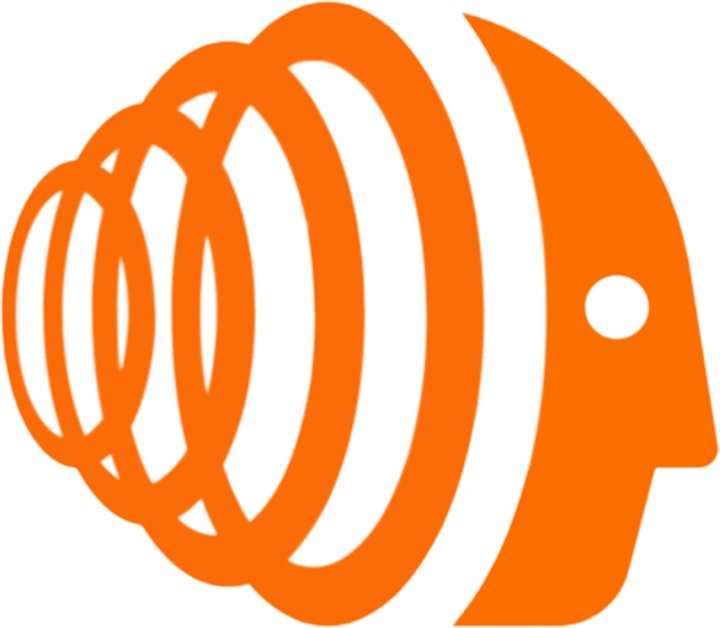Vue.js 组件开发:构建可重用且交互式卡片组件
应用场景介绍
在现代 Web 开发中,可重用且交互式的组件至关重要,它们可以提高开发效率并确保代码的一致性。本文将介绍如何使用 Vue.js 构建一个可重用的卡片组件,用于显示信息、交互和导航。
代码基本功能介绍
该卡片组件具有以下基本功能:
- 显示头像、标题和描述
- 展示一个评分值
- 提供一个标签来指示重要性
- 包含一个可点击区域,用于导航或触发动作
功能实现步骤及关键代码分析说明
1. 创建 Vue.js 组件
首先,创建一个 Vue.js 组件,例如 MyCard.vue:
<template>
<div class="bg-purple-200 h-screen">
<!-- 组件内容 -->
</div>
</template>
<script>
export default {
// 组件逻辑
}
</script>
<style>
// 组件样式
</style>
2. 定义组件属性
为组件定义属性,以接收外部数据,例如:
export default {
props: {
avatar: String,
title: String,
description: String,
score: Number,
tag: String,
},
};
3. 渲染组件内容
在组件模板中,渲染所需的内容,例如:
<div class="flex items-center justify-between px-4 py-6">
<div class="flex items-center">
<img :src="avatar" alt="avatar" class="w-10 h-10 rounded-full" />
<div class="ml-4">
<h1 class="text-xl font-semibold text-gray-800">{{ title }}</h1>
<p class="text-sm text-gray-500">{{ description }}</p>
</div>
</div>
<div>
<Badge :text="tag" color="red" />
</div>
</div>
4. 使用 v-bind 动态绑定属性
使用 v-bind 动态绑定属性,以响应外部数据更改,例如:
<div class="w-32 h-32 rounded-full bg-green-400 flex items-center justify-center">
<p class="text-3xl font-semibold text-white">{{ score }}</p>
</div>
5. 响应事件
为组件添加事件侦听器,以响应用户交互,例如:
<div class="fixed bottom-0 left-0 right-0 bg-white p-4">
<van-tabs>
<van-tab @click="onTabClick">
<!-- 内容 -->
</van-tab>
</van-tabs>
</div>
6. 在 Vue 实例中使用组件
在 Vue 实例中,使用组件并传递属性:
<template>
<MyCard
avatar="https://source.unsplash.com/random/40x40"
title="Insight"
description="Hi Ika, Your score is better than other 40% users out there. Keep improving!"
score="80"
tag="8"
/>
</template>
总结与展望
开发此卡片组件是一次有益的经历,它展示了如何构建可重用且交互式的 Vue.js 组件。未来,可以考虑扩展组件的功能,例如:
- 添加动画效果
- 支持更多自定义选项
- 与外部 API 集成
通过遵循这些步骤和关键代码分析,开发者可以创建功能强大且可扩展的 Vue.js 组件,从而提升 Web 应用程序的开发效率和用户体验。


